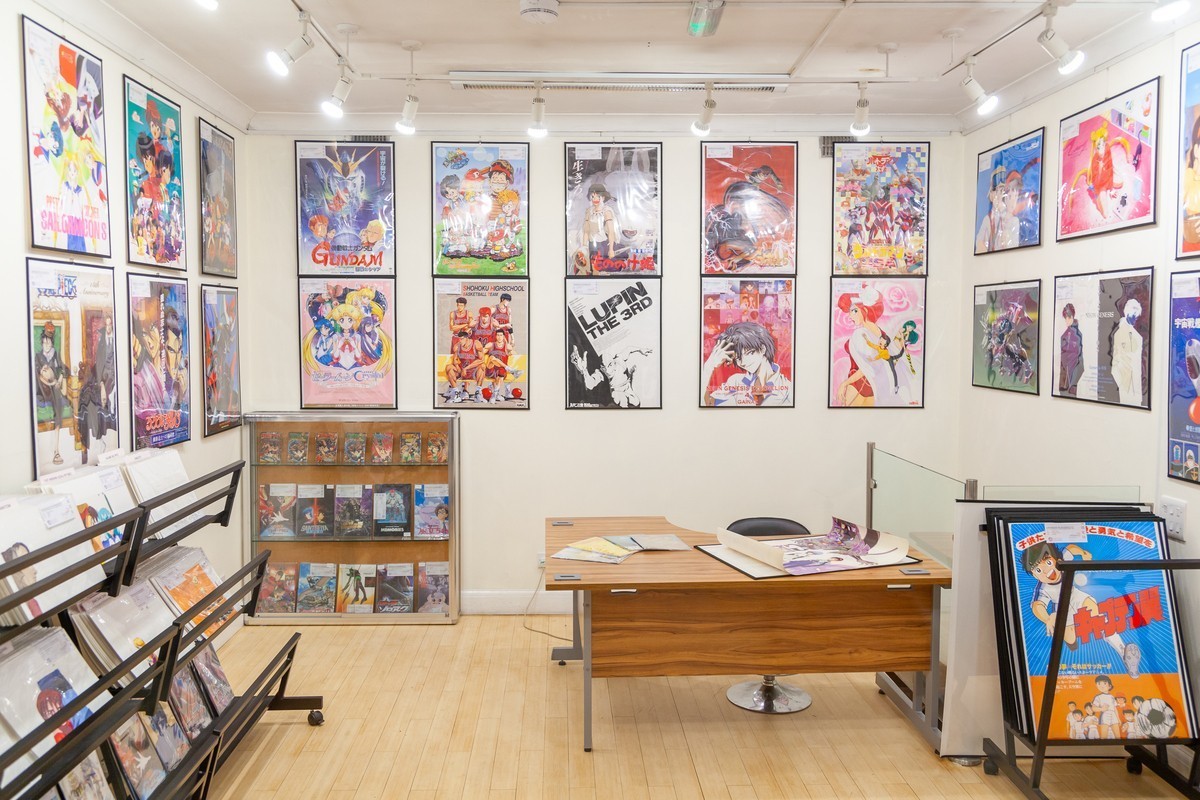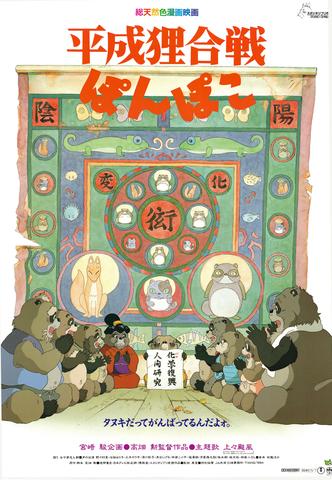As you may know, most anime series are adapted from an existing source, typically Japanese comics known as manga (漫画, Eng: ‘whimsical pictures’). One major difference between the manga industry compared to, say, the comics industry in the USA is that manga are typically written and drawn by the same person, known as a mangaka. Contrast this with how US comics have whole teams of writers, illustrators, pencillers, inkers, letterers, etc. (although mangaka often have assistants). As a couple of examples, Dragon Ball was written and drawn by a man named Akira Toriyama, while Sailor Moon was written and drawn by a woman named Naoko Takeuchi. Another major difference is that manga typically tell long-term stories, focusing on arcs and sagas that come in a specific sequence (a trend that translates to their anime adaptations) as opposed to coming out in single-issue stories like is the norm in the USA. A third major difference is manga magazines.
You see, manga are most often published in magazines owned by specific publishing companies, and each magazine features several different series from different mangaka. When a mangaka has finished a new chapter of their ongoing series (which may take a week, a month, or even an irregular period of time), they send it to their editor to be edited and then published in a magazine. The magazines themselves are published at different rates, with some publishing weekly, some biweekly, some others monthly, and others still have their own schedules. Readers who buy the magazines thus get to read new chapters of every series that is currently being published in that magazine. This might all sound confusing, so let’s take a look at an example: Weekly Shōnen Jump.

Weekly Shōnen Jump celebrated its 50th anniversary in 2018 with some of its biggest heroes! How many can you name?
Now, there is another major aspect to these magazines: demographics. Most magazines target a particular group, divided primarily by age and sex. Manga magazines are categorised, advertised, and even often titled after the demographic group they are after, like Jump above ('shōnen' being one of these demographic groups). Most magazine publishers clearly identify their demographical category as classified by the Japan Magazine Publishers Association. So even though manga as a medium can feature many different genres, a manga series (and by extension, its anime adaptation) is more defined by its target demographic rather than its genre. For example, a fantasy adventure manga for teenage boys will have more in common with a high school comedy manga in the same demographic, rather than with a fantasy adventure manga for teenage girls or a fantasy adventure manga for adult males, and will thus share considerable readership (especially if they are published in the same magazine).

From left to right: Ushio and Tora, historical dark fantasy; Ranma ½, high school romcom; Detective Conan, mystery fiction. All aiming for the same demographic, all published by the same magazine: Weekly Shōnen Sunday.
Now that we’ve established the basics of the manga industry, you might be asking, “So what are these demographic groups? And how many of them are there?” Don’t worry; we’ll cover that in the second part! See you there!


